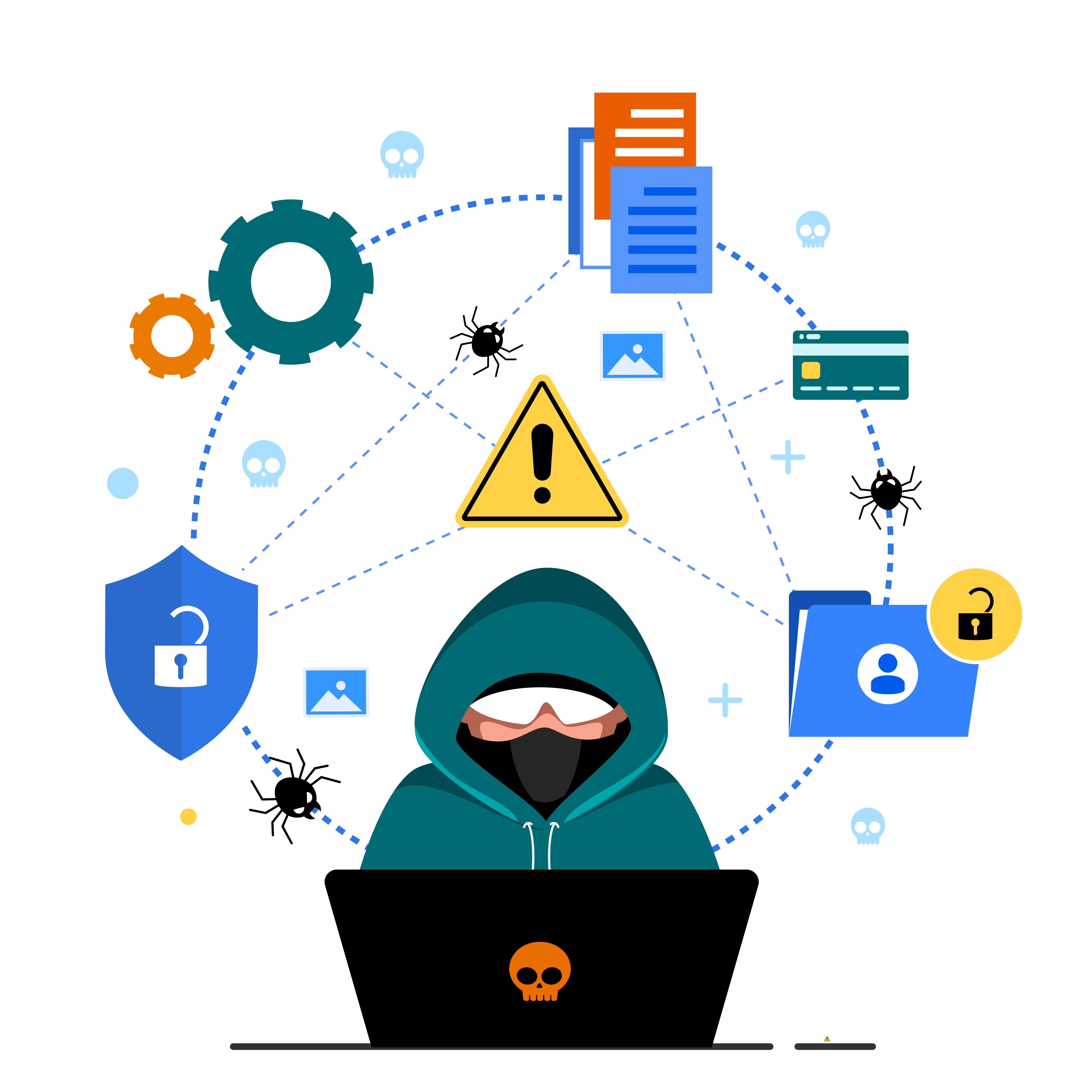In today's digital landscape, website security holds paramount importance as cyber threats continue to evolve. Being aware of the top 10 security threats is crucial for website owners and administrators to protect their online assets from potential damage, data breaches, and reputational harm. To safeguard websites and user data from malicious actors, implementing robust security measures becomes essential.
Malware Attacks
Malware, or malicious software, poses a significant risk to websites, with viruses, trojans, ransomware, and spyware being common forms. Such attacks compromise user data, inject malicious code, and erode visitor trust. Regular security scans, strong access controls, and up-to-date antivirus software are vital for detecting and preventing malware infections.
Distributed Denial of Service (DDoS) Attacks
DDoS attacks seek to overwhelm a website's resources, making it inaccessible to legitimate users. Attackers leverage compromised devices to flood the target with a deluge of traffic, causing downtime and disrupting business operations. Implementing DDoS protection services, load balancers, and traffic filtering mechanisms can help defend against such attacks.
Host your website on Secure Web Hosting
SQL Injection
Attackers exploit SQL injection vulnerabilities in web applications to gain unauthorized access to databases or manipulate data. Implementing parameterized queries, input validation, and least privilege access to databases can prevent SQL injection.
Cross-Site Scripting (XSS)
XSS attacks inject malicious scripts into web pages viewed by other users, compromising sensitive data, hijacking sessions, or defacing websites. To defend against XSS attacks, sanitizing user inputs, encoding output, and implementing Content Security Policy (CSP) are critical.
Cross-Site Request Forgery (CSRF)
CSRF attacks trick authenticated users into unknowingly performing actions on a website, leading to unintended consequences. Preventing CSRF attacks involves using anti-CSRF tokens, checking referer headers, and implementing CAPTCHA for critical actions.
Man-in-the-Middle (MitM) Attacks
MitM attacks intercept and manipulate communication between users and websites, putting sensitive data at risk. Employing secure communication protocols like HTTPS, and trusted digital certificates, and educating users about secure browsing practices help protect against MitM attacks.
Brute Force Attacks
Brute force attacks involve repeatedly attempting all possible password combinations to gain unauthorized access to websites. Preventing brute force attacks requires account lockouts, CAPTCHA, and enforcing strong password policies.

Zero-Day Vulnerabilities
Zero-day vulnerabilities, unknown to vendors or without available patches, pose significant risks. Maintaining security updates, conducting regular security audits, and implementing intrusion detection systems help mitigate the risk of zero-day exploits.
Information Leakage
Information leakage occurs when sensitive data is unintentionally exposed on a website, often due to error messages or misconfigurations. Proper error handling, secure access controls, and adherence to the principle of least privilege can prevent information leakage.
Insecure File Uploads
Enabling file uploads can introduce security risks if not adequately managed. To prevent unauthorized access, validating file types, using secure upload directories, and scanning uploaded files for malware are essential.
In conclusion, safeguarding websites against these top 10 security threats requires a proactive approach, including robust security measures, regular updates, and user education. By implementing these strategies, website owners can foster a secure online environment, protecting their digital presence and user data from potential harm.
Read the article on How to Secure a Website from Hackers

